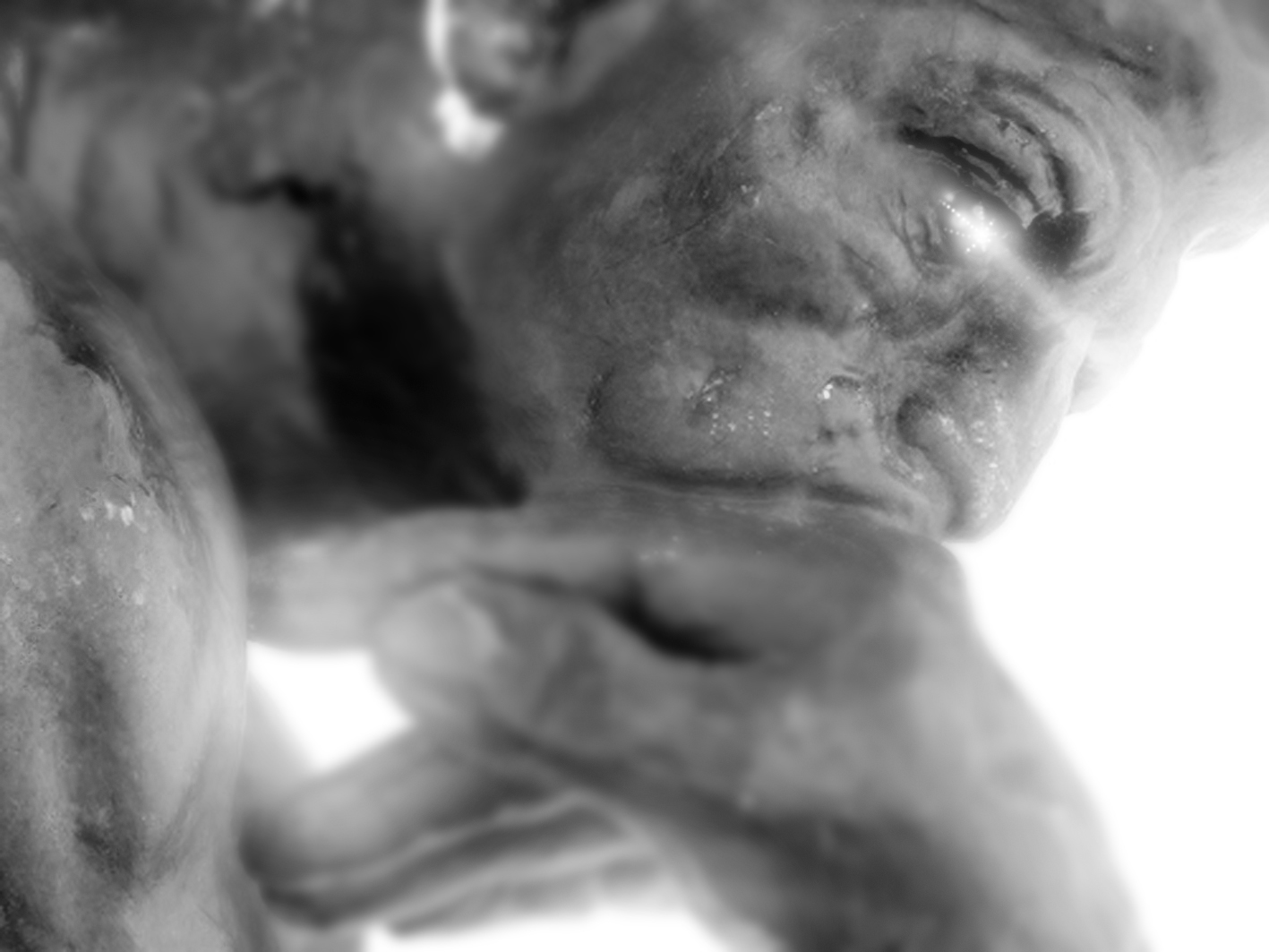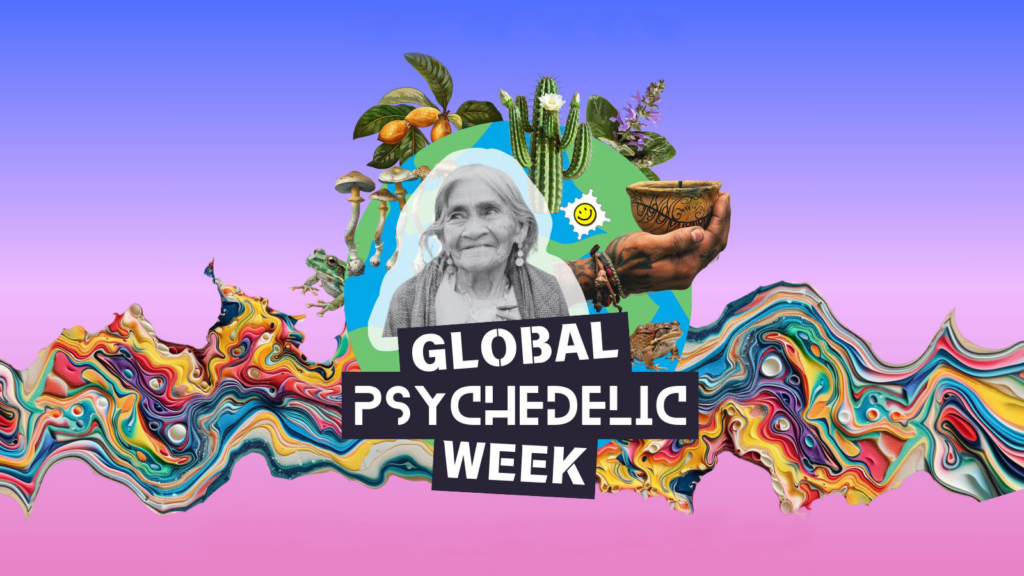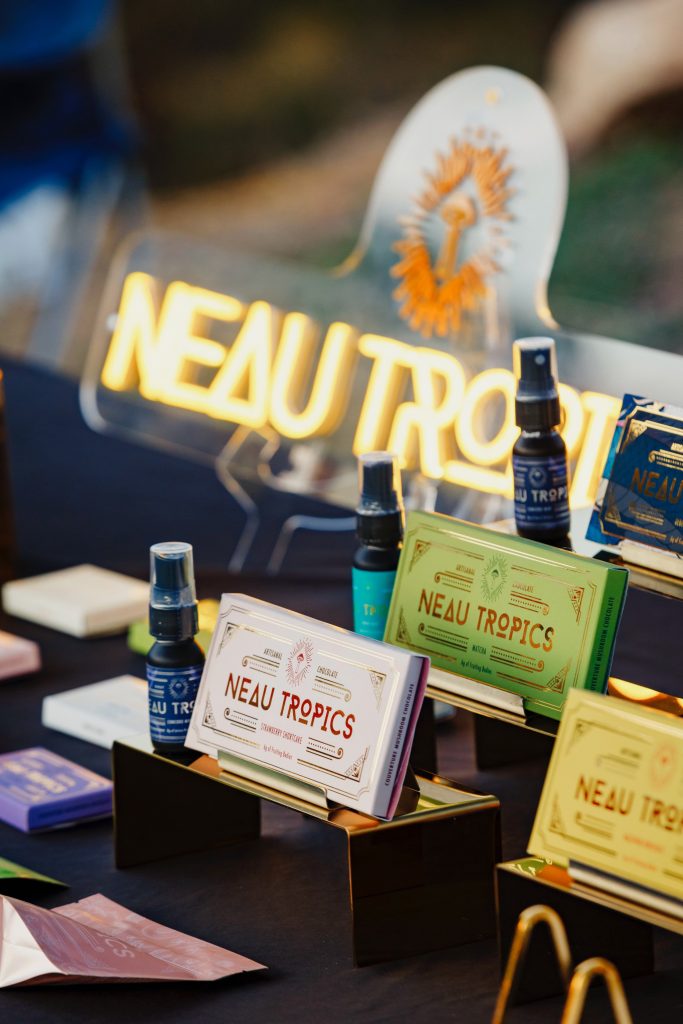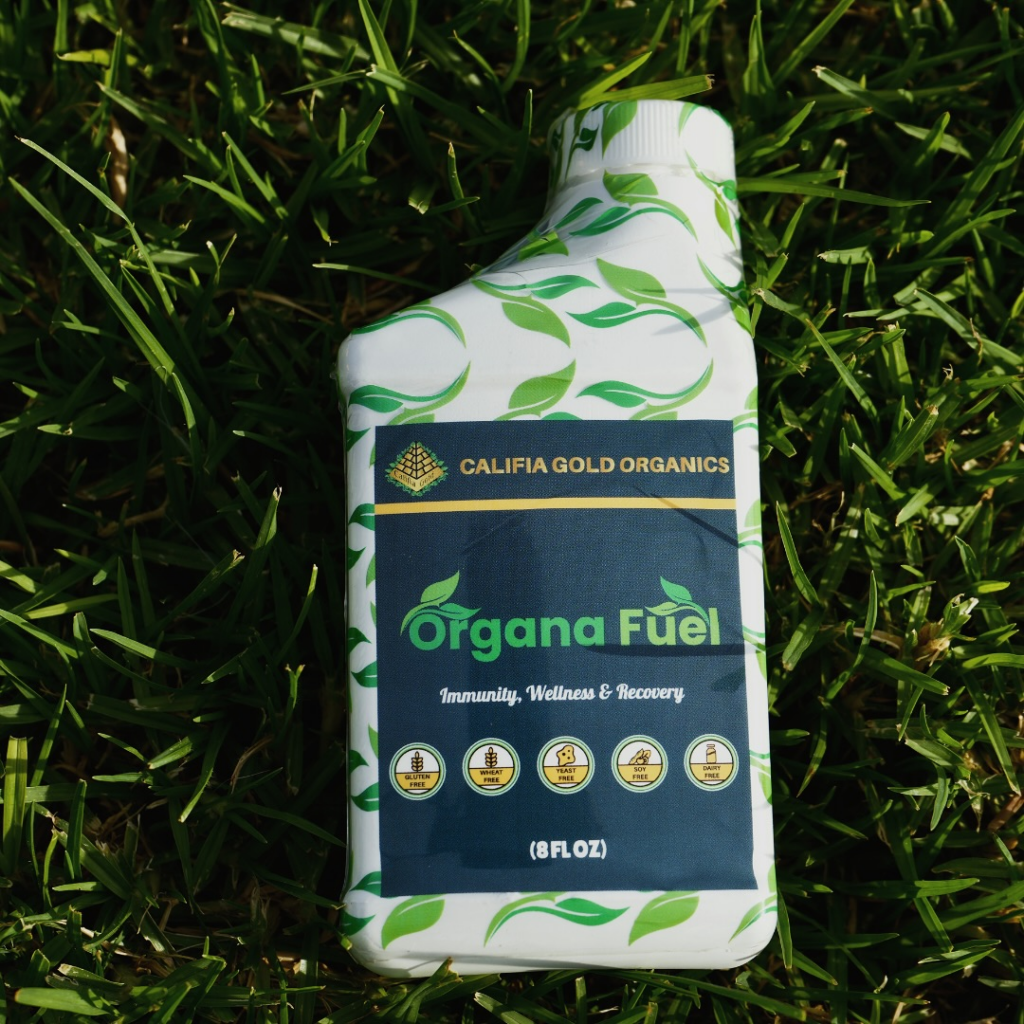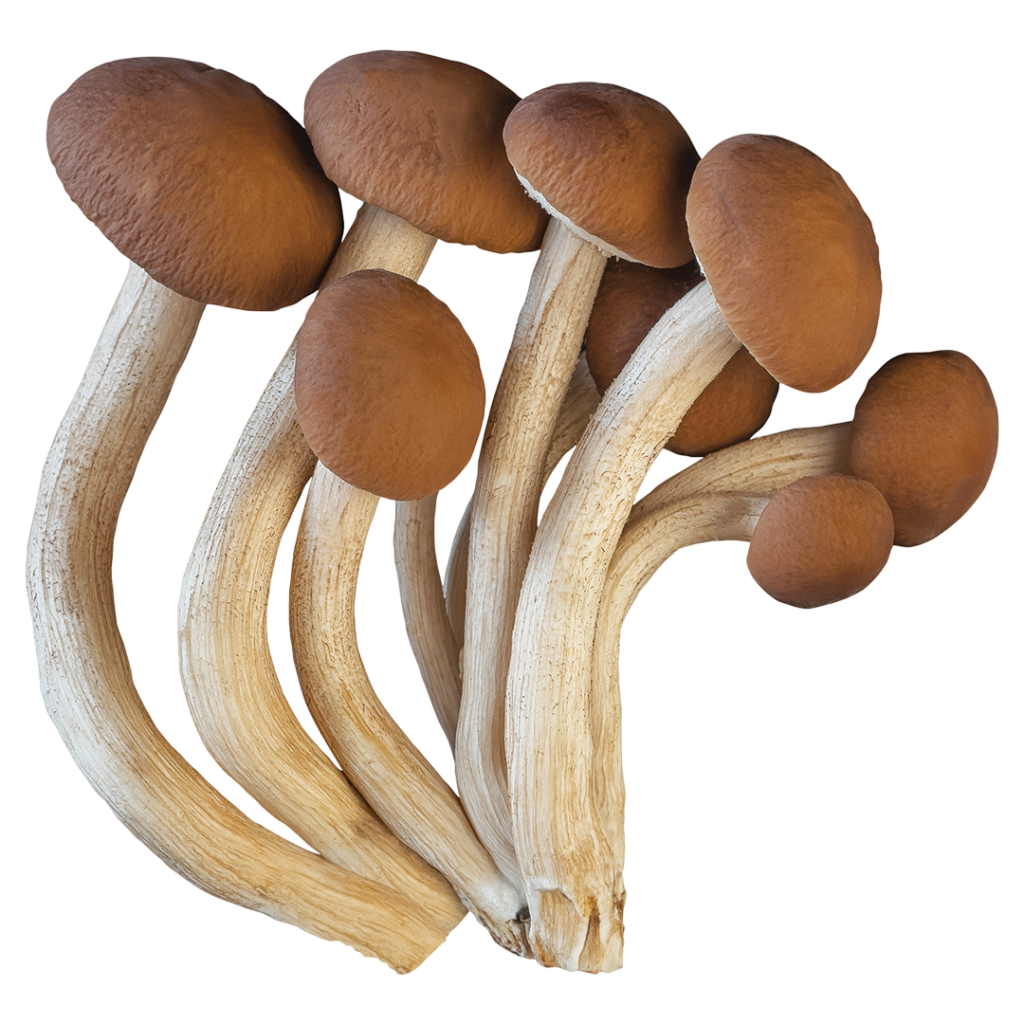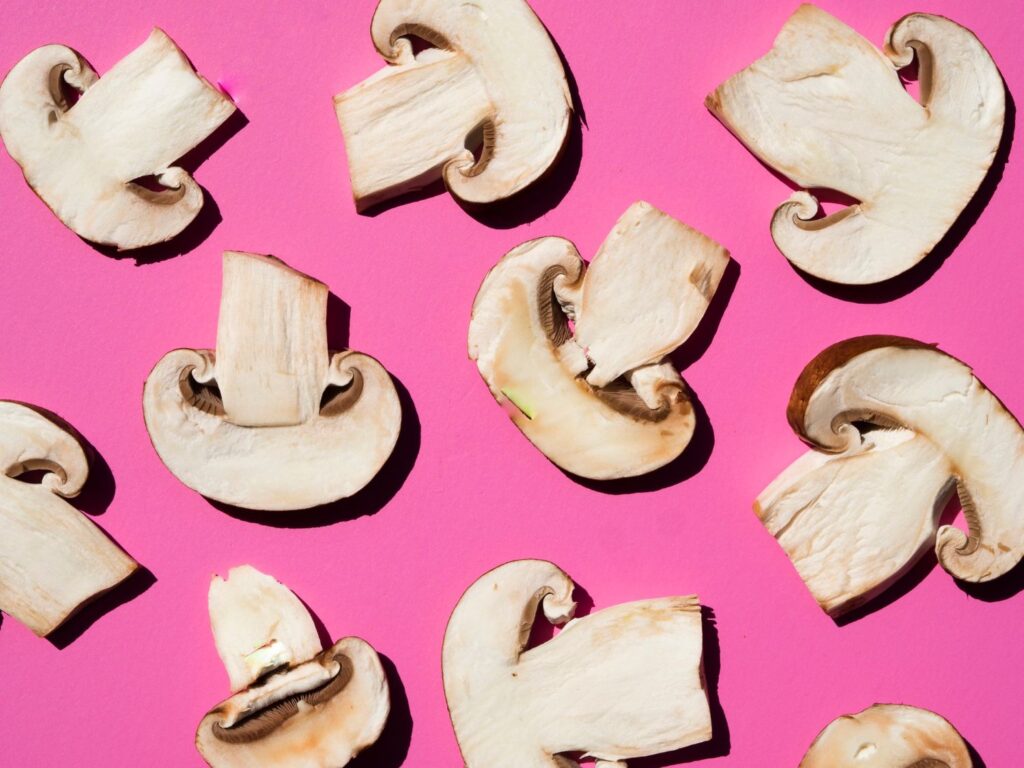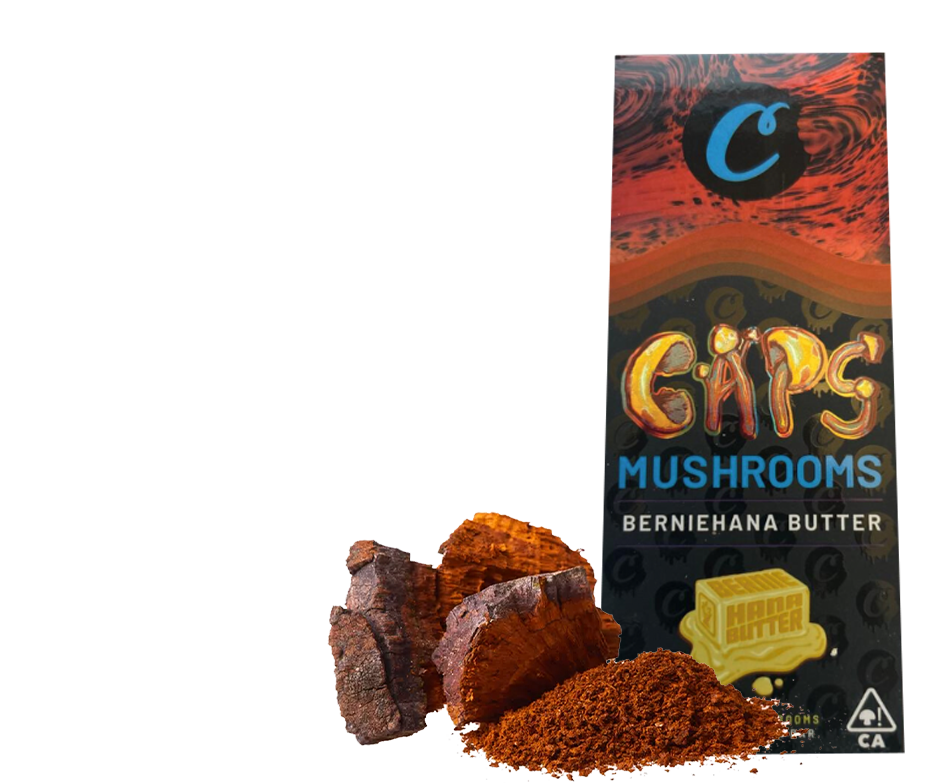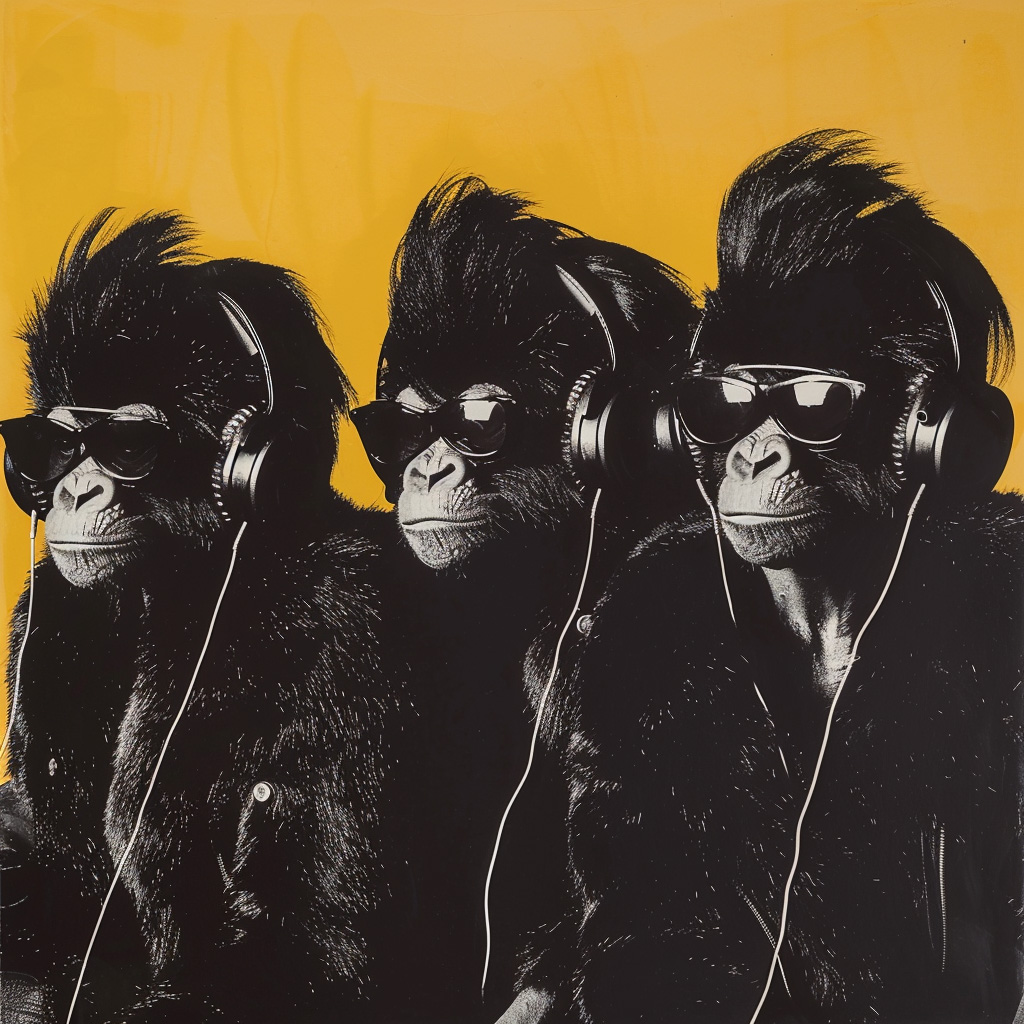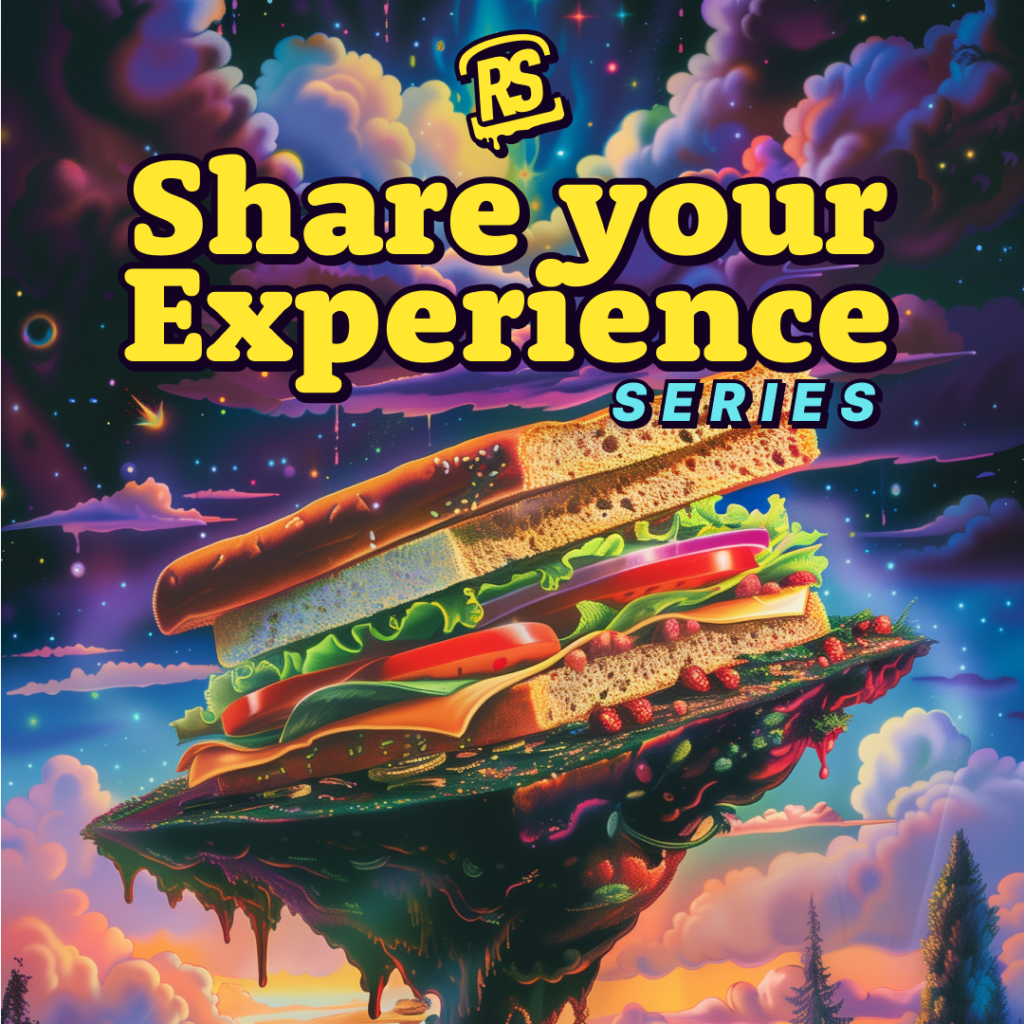The following is a modified version of a chapter for the forthcoming book Radical Mycology, and appeared previously on PsyPressUK.
Due to the general legal prohibition and modern cultural taboo against psychoactive chemicals, the academic discipline of Philosophy has left a potentially bounteous field of enquiry virtually unharvested. The aim of this text is to introduce readers to an unimaginable universe of cognition to which ingestion of such molecules will open the portal. This universe can modify and augment Philosophy itself: psychedelic phenomenology is fuel for Philosophy.
One of the most natural and planetarily prolific of the psychedelic substances is that from the so-called ‘magic mushroom’. There are over a hundred known species of such fungi, the majority of these containing the psychoactive molecules psilocybin and psilocin, which are structurally similar to the brain’s serotonin. A notable exception is the faery-tale red and white Fly Agaric mushroom, which contains the psychedelically-active molecule muscimol.
One of the most common of the psilocybin fungi is the Liberty Cap, orPsilocybe semilanceata. With its pointy cap, this little fellow looks like a pixie wizard. It is found abundantly throughout the Western world and beyond. As well as being amongst the most common it is also amongst the most potent of the psychoactive fungi.
An intake of over forty or so Liberty Caps can bring one into what seems to be another realm. Although the effects vary from person to person, certain features remain somewhat constant in this state ofpsychedelic phenomenology, or ‘psy-phen’. At first one feels lightheaded, and light: gravity seems weaker. One begins to lose bodily coordination skills, as if one were returning to toddlerhood. With one’s eyes open, objects seem to sway, often rhythmically; things seem to pulsate, sometimes vehemently. Flowing patterns are registered, colours fluctuate and become vivid, foods offer supreme tastes far overreaching one’s previous benchmarks. And all of this is further transcended when one closes one’s eyes: here one travels through what appear to be galaxies, one meets apparitions, insectoid beings, spriggans, spacecrafts that try to communicate, perhaps thus more microscopic protist organism than artificial vehicle. One experiences feelings that are novel, and therefore ineffable – without words existing to which they could refer. ‘Normal’ emotions can increase in intensity; perceptions, concepts and feelings can become intertwined and thereby lose distinctness as such. Time can seem to oscillate in rate, space loses meaning – one enters a most fascinating mode of experience, which after five (normal) hours or so departs.
One obvious field to which psy-phen applies is the Philosophy of Mind. Neuroscience can be included within this field, but the area mostly involves itself with broader, yet often convoluted, questions that relate to how the mind can be understood within a wider worldview that might incorporate metaphysics, language, evolution, and other disciplines that provide groundwork, anchor-points, for explanations – rather than the mechanistic groundwork of most neuroscience. One sub-category of Philosophy of Mind is ‘phenomenology’ which is the study of reality from the initial standpoint of consciousness, or what Immanuel Kant called ‘phenomena.’ This in contradistinction to studying the world as if the objects we perceive exist precisely as they are perceived by us humans, with our particular biased ways of perception. That phenomenology as it exists today has virtually excluded any study of psy-phen is akin to zoology excluding any study of mammals.
Until recently Logical Behaviourism dominated the Philosophy of Mind. This is the view that consciousness does not exist, but that language deceives us into believing that it does. In fact, it contends, all mental terms – such as ‘happy’, ‘angry’, ‘curious’, ‘belief’, etc. – merely refer to physical behaviour, not to mental forms. One of the rationales for this Behaviourism was the fact that states of consciousness cannot be empirically verified, only their physical correlates can. I cannot empirically perceive your happiness, but I can perceive your smile. This is ultimately based on an epistemology (theory of knowledge) that asserts that anything that cannot be empirically verified cannot be known to be true, excepting mathematics and logic. This limiting epistemology has a long history but came to prominence at the start of the 20th Century under the name Logical Positivism. After undergoing psy-phen, one realises the absurdity of Behaviourism: whilst practically motionless, without any behaviour, a ‘psychonaut’ can traverse unimagined starscapes, become an animal or other creature unknown, undergo feelings that do not belong to humans, and so on, ad infinitum. That all of these mental experiences are really forms of behaviour is as implausible a view as believing Santa Claus is an insect.
More generally, materialistic explanations of mind seem to become less feasible after psy-phen. Perhaps the body is not moving, but surely the brain is highly active somehow causing, or being, these psi-con experiences? Well, in philosophy and biology there exists the so-called ‘Hard Problem of Consciousness’. This is the problem that no matter how well one understands the processes of the brain and the nervous system as a whole, one still will not thereby understand how physical movements cause, interact, or are identical to, conscious states, or ‘qualia’: how physiology causes or coincides with phenomenology. Dopamine activity may be correlated to the qualia of satisfaction, but a material physiological study will only show one that physiological activity is occurring, it will not show one the process whereby that activity is translated into the feeling. Since the work of the French philosopher, René Descartes (1596 – 1650), we have focussed explanations on the reduction of everything to matter and mechanism. With consciousness that mode of explanation reaches its limit. As the great British philosopher Bertrand Russell put it, ‘there will remain a certain sphere which will be outside physics … it is obvious that a man who can see knows things which a blind man cannot know; but a blind man can know the whole of physics.’[1]
Fundamentally, any explanation is founded upon one’s epistemology. One’s epistemology is closely linked to one’s sense of identity, and thus epistemic disagreements often become heated as they circumnavigate the personal. Psy-phen allows one escape from the epistemology inculcated throughout one’s life. The marvels of nature become wondrous once more because they do not automatically get swept into pre-formed epistemic categories of thought (such as ‘leaf’, ‘building’, ‘painting’, and so on). A ‘leaf’ can offer an awe-inspiring delight of vision, with its nexus of veins, its reservoir of green tones indicating its sublime photosynthetic machinations.
One notion within our contemporary paradigm of belief is that consciousness is necessarily conditioned by a brain: no brain, no mind. However, under psy-phen this idea seems less tenable. The French Nobel laureate philosopher, Henri Bergson, made the argument that the brain filters consciousness to one’s bodily requirements, but that the brain does not create consciousness. This would imply that decreased brain activity could actually mean increased, raw unfiltered, consciousness. Recently, such an inverse correlation has been observed.[2] Bergson drew the analogy between a radio and the program it was playing with a brain and the consciousness linked thereto: damage the radio or brain, and one can have correlated programmatic or mental damage, but this does not logically imply that the radio produces the program or that the brain produces the fundamental essence of consciousness. Bergson’s contention that memory, as an aspect of consciousness, was not dependent on a brain has recently been corroborated by the discovery that slime-mould – cousin to the fungi – has a memory despite, of course, not having a brain.[3]
The argument here is that psilocin, etc., acts by inhibiting brain activity thereby increasing mental activity, generally speaking. An implication is that consciousness, or at least a basic form of subjectivity, is an aspect of all organisms, not merely the more complex animals – i.e. that plants, fungi, etc., have basic forms of consciousness. This view is known as panpsychism. The great mathematician and philosopher, A. N. Whitehead, argued that all of existence was actually living, there being no difference in kind (but only degree) between what is commonly distinguished as the organic and inorganic. His ‘philosophy of organism’, or Process Philosophy, can be summarised in his assertion that ‘biology is the study of the larger organisms; whereas physics is a study of the smaller organisms’.[4] This does not mean that tables or cables have their own subjectivity, but that the partly self-organising (‘autopoietic’) entities that compose them do, from organism, to cell, to molecule, to atom and beyond. Such a philosophy, linked to hylozoism (the philosophic notion that all is alive), may very well seem preposterous to a person with an epistemic base rooted in post-Cartesian thought. This is essentially because it transgresses the axioms that uphold that thought. But as Friedrich Nietzsche stated, ‘rational thought is interpretation according to a scheme we cannot escape’.[5] We think that mind is conditioned by brain, but this has never been proven. Strictly speaking, we cannot even prove that other people have minds, known in Philosophy simply as ‘The Problem of Other Minds’. Technically, to assume that the mind is caused by brain due to psycho-physical correlation is to commit the fallacy cum hoc ergo propter hoc (correlation does not imply causation). Psy-phen opens one to novel lanes of thought seemingly incredible in a contemporary normal state of mind – a mode of being that could not be closer to the philosopher’s remit of questioning all axioms, uncovering all assumptions. As Nietzsche’s precursor, Arthur Schopenhauer put it, ‘Philosophy has the peculiarity of presupposing absolutely nothing as known; everything to it is equally strange and a problem.’[6]
Panpsychism and its ilk does not of necessity imply Dualism: that mind and body are two separate substances. Schopenhauer argued that the world was composed of subjective ‘wills’, or drives, desires, that were merely represented by us humans as spatio-temporal matter. Thus matter as such is caused by our human form of subjectivity, rather than human subjectivity being caused by matter (as brain). Matter and mind, in this form of what is known as Transcendental Idealism, are both aspects of a single reality (Monism), rather than the belief that two substances interact (Dualism), as is common to many religions.
Schopenhauer was a follower, with important qualifications, of the great Prussian philosopher Immanuel Kant. Kant is known as instigating the ‘Copernican Revolution in Philosophy’[7] because he argued in a most rational way that we do not perceive objects as they actually exist, rather objects exist in the way they do because we humans automatically ‘translate’ a given world into forms conforming to our minds’ structures. Thus, reality is divided into phenomena and noumena: how things appear and how things actually are, respectively. For Kant, even space and time were not real but were projected by us onto the real, the noumenal. In this sense, perceived ‘everyday reality’ is the hallucination. As Einstein wrote, ‘I did not grow up in the Kantian tradition, but came to understand the truly valuable which is to be found in his doctrine … only quite late. It is contained in the sentence: “the real is not given to us, but put to us (by way of a riddle).”’[8]
One frequently reported occurrence in psy-phen is the strange contraction and dilation of the speed of time: a minute can seem an hour; an hour, a minute. Space, also, distorts in unexpected flows – both of which conduce the idea that psy-phen is interfering with the normal functional mode of mental projection, perhaps allowing the person to gain a glimpse of noumena, the ‘real reality’ not encaged by absolute space, time, or other categories of mental projection. Kant believed that humans could not access noumena, but perhaps psy-phen is a key.
Schopenhauer drew out the consequences of the view that space and time are not real, namely that reality cannot have spatial or temporal distinctions: no past or future, no here and there. Fundamentally all is one – the study of which is called henology. This view has a tradition going back at least to the ancient Greeks, and especially to the neo-Platonist thinker Plotinus. Schopenhauer applies this metaphysical insight to his ethical theory. For him, compassion was the intuition of this underlying henology, and this was thus the basis of his ethical theory – thereby linking the two philosophical fields of metaphysics and ethics. In fact, psilocybin is beginning to be seen as an ethical, therapeutic ‘medicine’ with universities now beginning to report on its great potential in a number of areas including the treatment of depression.[9]
Psy-phen certainly can suggest this ethical approach that deifies compassion, an emotion that can be pushed to intense levels in this state. However, such pleasantries should not be overstated with regard to psy-phen. There exists also what can be called the dark psychedelic state: visions of horrific, Bosch-like spectral demons and vast shadow-cast alien expanses, to express but a fraction of this empyrean hell. To a certain extent, these dark visions and concomitant feelings are a part of what is called the ‘sublime’. A couple of centuries ago there was much discussion regarding the ‘beautiful and the sublime’, triggered by William Smith’s 1739 translation of an ancient Greek book on the subject by Longinus. Under psy-phen, one’s aesthetic sense is greatly intensified. Objects usually shunned are suddenly appreciated for their astonishing beauty, be this natural or artificial (even that distinction often breaking down in the state). The sublime was described by Edmund Burke to be a feeling of delightful awe caused by some possible terror. In psy-phen, this sublime can then approach. It can be feared or it can be relished – this is probably in part dependent upon one’s character and indoctrination.
If one has been brought up in a typical western religious setting, such sublimity might be met with an adverse reaction. Indeed Edmund Burke, in his book on the topic,[10] quotes Milton’s portrayal of Satan[11] as an exceptional example of the sublime. In psy-phen one can at least ostensibly become the figures one perceives. The sense of self can also disintegrate in this state, opening up further questions about identity. A number of thinkers have suggested that the psychedelic state is identical to the mystical state. This suggestion alone makes psy-phen invaluable to the Philosophy of Religion. When one reads the mystics’ accounts, their experiences often seem indistinguishable from that of psy-phen. A mystic’s religion will influence the interpretation of the experience, but the substratum is recurrently of the same kind. A luminescent figure can be interpreted as an angel, a deva, an alien, a ghost, a faery, and the like, but the figure with its apparent telepathy remains as such. There are many theories regarding the origin of religion, it is certainly viable that the intake of psychedelics such as the magic mushroom is one of them. This was Aldous Huxley’s view in his essay, ‘Heaven and Hell’. If you were offered a natural pill that could give you a mystical experience – a taste of heaven and hell – would you take it? But be aware that this is not a ‘party drug’ – it is in a completely different class. It is highly potent and involves the risks mentioned above with regard to altering your mind, in a philosophical sense. In a physiological sense, psychoactive fungi were recently found to be the least harmful drug, much less so than alcohol and tobacco.[12]
Hence we end with Political Philosophy, and consider the assertion of the ‘Father of Classical Liberalism’, John Locke: ‘the end of law is not to abolish or restrain, but to preserve and enlarge freedom’.[13] That, for instance, a fungus shown to pose no danger to health, in fact conversely shown to have therapeutic properties, as well as having great academic import, that such a fungus that commonly grows in local pastures is prohibited by threat of severe punishment by many nations – even listed as a Schedule 1 drug by the United Nations – is an affront to human dignity and an affront to reason itself. It is certainly a restraint on the freedom to expand one’s mind. Psychedelics no doubt ought be revered rather than feared, respected in the former manner. We must alter the current impression of them, and allow psychedelic phenomenology to once more enter the academic field of enquiry.
©Peter Sjöstedt-H 2015
For more, please visit:
Bibliography
Bergson, H. (1998) Creative Evolution, New York: Dover
Bergson, H. (1999) Matter and Memory, 6th edition, New York: Zone Books
Burke, E. (2008) A Philosophical Enquiry into the Origin of our Ideas of the Sublime and Beautiful, Mineola: Dover Publications, Inc.
Huxley, A. (2004) The Doors of Perception and Heaven and Hell, London: Vintage
Kant, I. (1998) Critique of Pure Reason, Cambridge: Cambridge University Press
Locke, J. (1980) The Second Treatise of Civil Government, Indianapolis: Hackett
Nietzsche, F. (1968) The Will to Power, New York: Random House, Inc.
Nicholas, L. G. & Ogamé, K. (2006) Psilocybin Mushroom Handbook, Quick American
O’Brien, E. (1964) The Essential Plotinus, Indianapolis: Hackett
Russell, B. (2007) The Analysis of Matter, Nottingham: Spokesman
Schopenhauer, A. (1966) The World as Will and Representation, volume 1, New York: Dover
Shilpp, P. A. (ed.) (1951) Albert Einstein: Philosopher-Scientist, 2ndedition, New York: Tudor
Stafford, P. (2003) Magic Mushrooms, Oakland: Ronin Publishing
Whitehead, A. N. (1978) Process and Reality (corrected ed.), New York: Free Press
Whitehead, A. N. (1967) Science and the Modern World, New York: Free Press
Notes
[1] The Analysis of Matter, ch. XXXVII
[2] ‘Neural correlates of the psychedelic state as determined by fMRI studies with psilocybin’, Proceedings of the National Academy of Sciences, 24-01-2012. Prof. David J. Nutt, et al., Imperial College
[3] ‘Slime mold uses an externalized spatial “memory” to navigate in complex environments’, Proceedings of the National Academy of Sciences, 24-6-2012. Chris R. Reid et al., The University of Sydney
[4] Science and the Modern World
[5] The Will to Power, §522
[6] The World as Will and Representation, v.1, §15
[7] Preface to the second edition of the Critique of Pure Reason
[8] “Autobiographical Notes”, in Albert Einstein: Philosopher-Scientist
[9] E.g. John Hopkins University. http://archive.magazine.jhu.edu/2011/02/bringing-science-back-to-hallucinogens/
[10] A Philosophical Enquiry into the Origin of our Ideas of the Sublime and Beautiful
[11] ‘Thir dread commander: He above the rest In shape and gesture proudly eminent Stood like a tower; his form had yet not lost All her original brightness, nor appeared Less than the archangel ruin’d, and th’ excess Of glory obscured: as when the sun new ris’n Looks through the horizontal misty air Shorn of his beams; or from behind the moon In dim eclipse disastrous twilight sheds On half the nations; and with fear of change Perplexes monarchs.’ (Paradise Lost, book 1)
[12] Drug harms in the UK: a multicriteria decision analysis. Prof David J Nutt FMedSci, Leslie A King PhD, Lawrence D Phillips PhD, on behalf of the Independent Scientific Committee on Drugs 2010. Published inThe Lancet, Volume 376, Issue 9752, Pages 1558 – 1565, 6 November 2010
[13] The Second Treatise of Civil Government (1690), ch. IV, §57
Peter Sjöstedt-H is an Anglo-Scandinavian philosopher who specialises in the thought of Schopenhauer, Nietzsche, Bergson and Whitehead, and within the field of Philosophy of Mind. Peter has a Bachelor’s degree in Philosophy and a Master’s degree in Continental Philosophy from the University of Warwick, where he was awarded a first-class distinction for his dissertation on Kant and Schelling in relation to ‘intellectual intuition’. Peter subsequently became a Philosophy Lecturer in South Kensington, London for six years before recently returning to the tranquillity of westernmost Cornwall. He is now embarking upon his PhD in the Philosophy of Mind.
